On the afternoon of October 26th 2019 a lighting strike in a remote part of the Wollemi national park at Gospers Mountain ignited what was to become the biggest forest fire to have started from a single point of ignition our nation has ever seen.

By mid November, the fire had grown to more than 440,000 hectares – an area more than 2.5 times the size of Sydney. As I write this, it’s still burning and has reached over 512,000 hectares in size.
I was overseas at this time, travelling in New York City after spending a week in Orlando at Ignite talking all things Microsoft Teams. I was over 16,000 kms away, but was connected to what was happening on the ground via the information that was flowing through to my mobile.

Between the fire pages, Facebook messenger group chats, photos, live radio traffic and news from Fires Near Me and the ABC I was able to follow along live with my colleagues who were right there on the ground.

Upon returning back to Sydney Sunday 17th November, my jet lagged body clock more suited to night shifts saw me jump on my first deployment the night of November 21st to work on the Gospers Mountain fire.
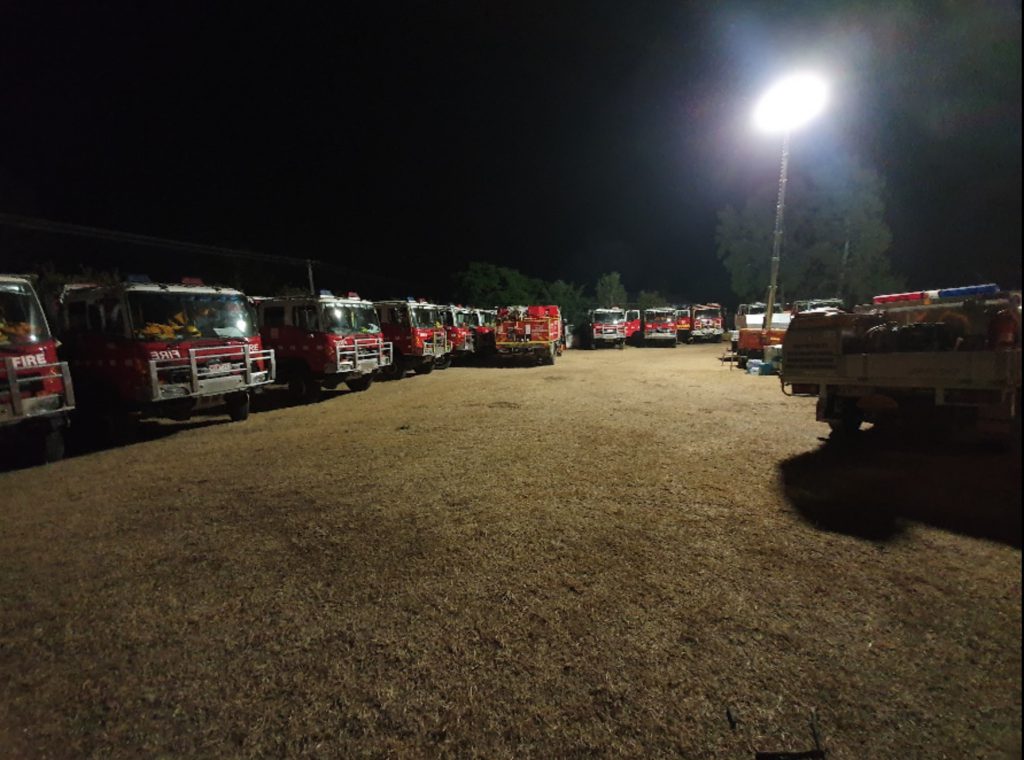
I’d been to various fires around Sydney before, but this was different. Sensing nervousness from my partner Leigh, I hastily enabled location-based sharing on my phone. “You’ll be able to see where I am on the map throughout the night”. Somehow, knowing at least where I was offered some form of comfort in a forever unfolding situation.

Little did we know that the fire had destroyed critical infrastructure and so mobile phones struggled throughout the night as we worked to contain the fire.
Putting Mobility To The Test
Daylight broke, we re-joined civilisation and had mobile coverage again. We’d slept for about 40 minutes. It was Friday morning, a work day. We’d been working all night but I had conference calls to join, and a customer cutover to run that evening. We’d left a little later than expected and I wasn’t going to make it home in time for my 10am call.
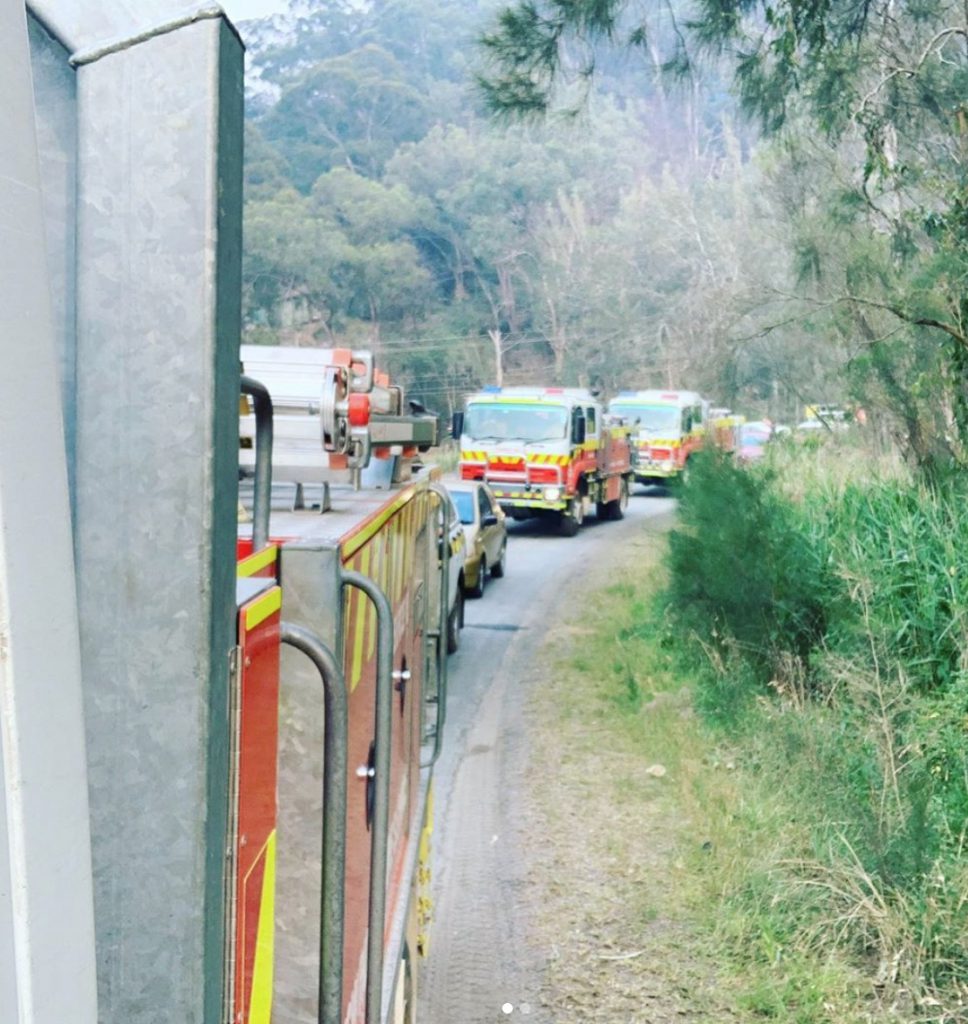
Rather than cancelling, I pulled my headphones out my kit bag, fired up the Teams app on my phone and joined from the backseat of the fire truck. Little did the customer know that I was still in my RFS uniform covered in foam, soot and whoever knows what else, running a call with Teams and taking notes as we went in OneNote right on my phone.
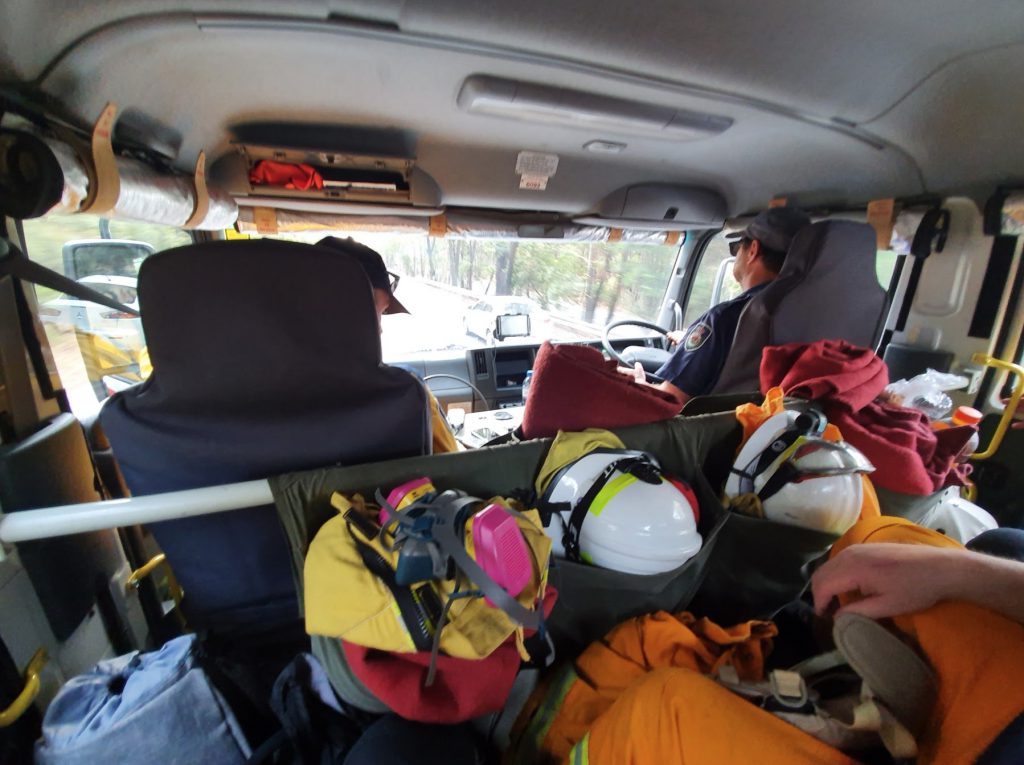
Packet Loss
Mobile networks can struggle at the best of times, and they’re certainly put under pressure when you’re travelling through the wilderness down dusty fire trails or crossing rivers on ferries in remote areas where coverage can be patchy at best.
I’d attended a presentation a few months back where Microsoft Engineers had boasted that clear audio in Teams was still possible with up to 50% packet loss – a huge improvement over Skype for Business. My call from the back of the truck demonstrated the real world scenario where this actually worked, flawlessly. The technology had my back.
If you’d like to hear a real-world example of this, go and check out the Ignite 2019 session here: https://myignite.techcommunity.microsoft.com/sessions/83193 (browse to 28 minutes).
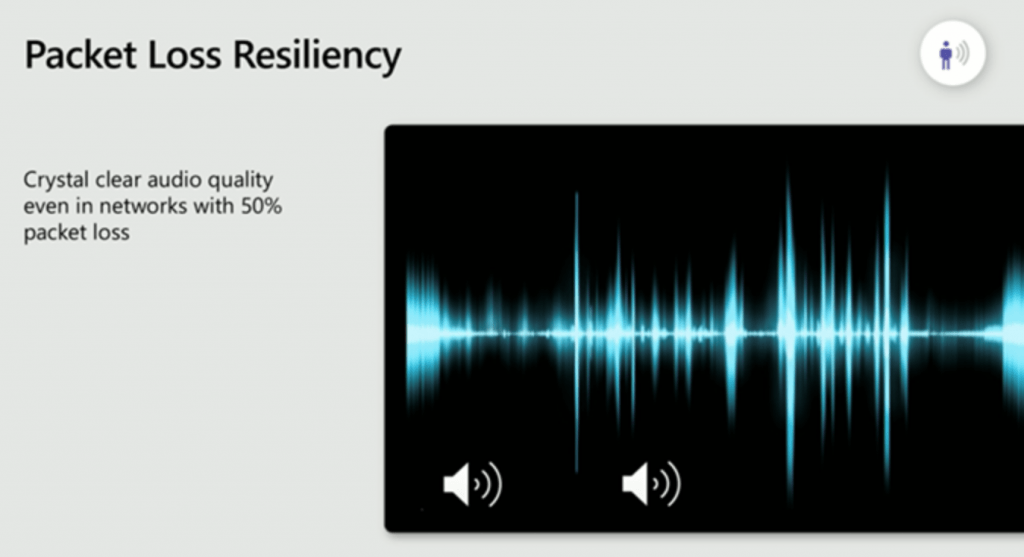
Responsibilities
My day to day responsibilities both in my working life, and my responsibilities at home don’t stop when i’m on the fire ground.
Emails and IM’s need to be responded to, bills need to be paid, cat food needs to be ordered, my partner needs to be kept up to date with my chaotic moments whether they’re work or volunteer related.
My ability to volunteer is a direct result of the support and understanding of my partner, the flexibility of my employer, and the investment in cloud-based technologies. Without either one of these three core pillars, I simply wouldn’t be able to do what I do.
My Partner
Leigh has a right to know what’s going on. To ensure we’re always in sync regardless of wherever either of us may be – volunteering or otherwise, we use Outlook and Google calendar services to sync our calendars across all of our devices.
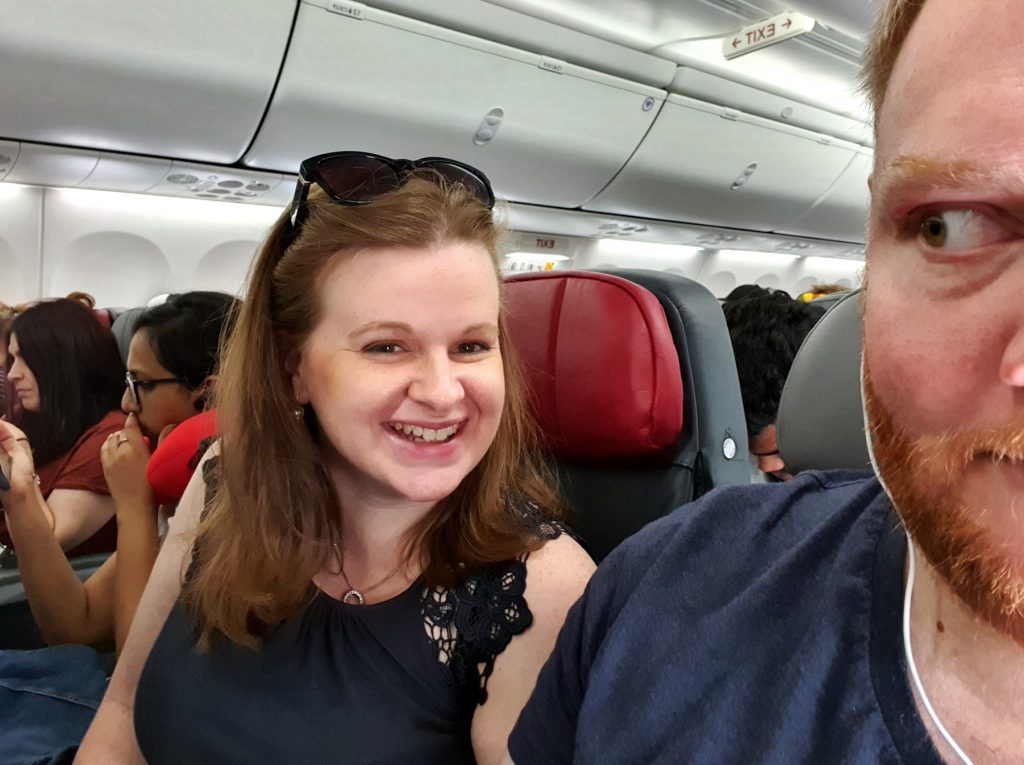
Leigh’s workplace uses Google Apps, whereas I use Office 365. Because of this, we’ve chosen to simply invite each other into a calendar event, rather than creating a shared calendar.
Our house is fitted out with Google home hubs, smart lights, cameras, smart plugs, a smart door bell and two smart kitties. This enables either of us to manage the house and keep an eye on the cats from where ever we may be.
As there is currently no formal method of accessing Outlook Calendar data from a Google home hub, I use Microsoft Power Automate (Flow) to automatically push my Outlook calendar updates to my Google account. The end result is that my Outlook calendar data is displayed on the Google Home Hub for all to see.
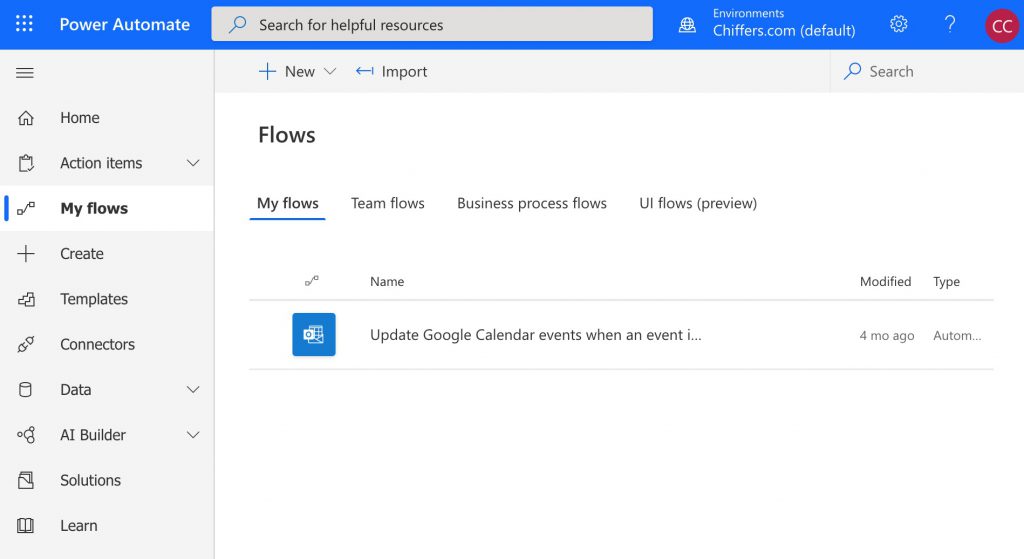
Similarly, we use Google’s shared shopping list across all devices. Either of us can add items to the list from anywhere either via voice or by typing, and either of us can then access that list in the store. We’ve already seen a reduction in food waste.
Technology at Work
As you can imagine, incident calls can come at the least convenient time. Office 365 fully supports me in being able to continue with my day job though, regardless of where I am.
We made a conscious decision at IComm to ensure that all files we work on are stored within SharePoint, meaning they’re accessible from anywhere. We’ve also made the effort to really limit internal email, and instead to communicate on Teams.
This simple decision is the difference between “Hey, can you email me the updated word doc you were working on last night so I can sync your changes with mine.” and “Thanks, I’ve got the doc here and have already sent it to the customer”.
It also means that as long as I have an internet connection, i’m able to access anything I need to continue to do my job, even from the back of a fire truck or bus. There’s no clunky VPN’s, virtual desktops or limiting security policies standing in between me and the work I need to do, when I choose to do it.
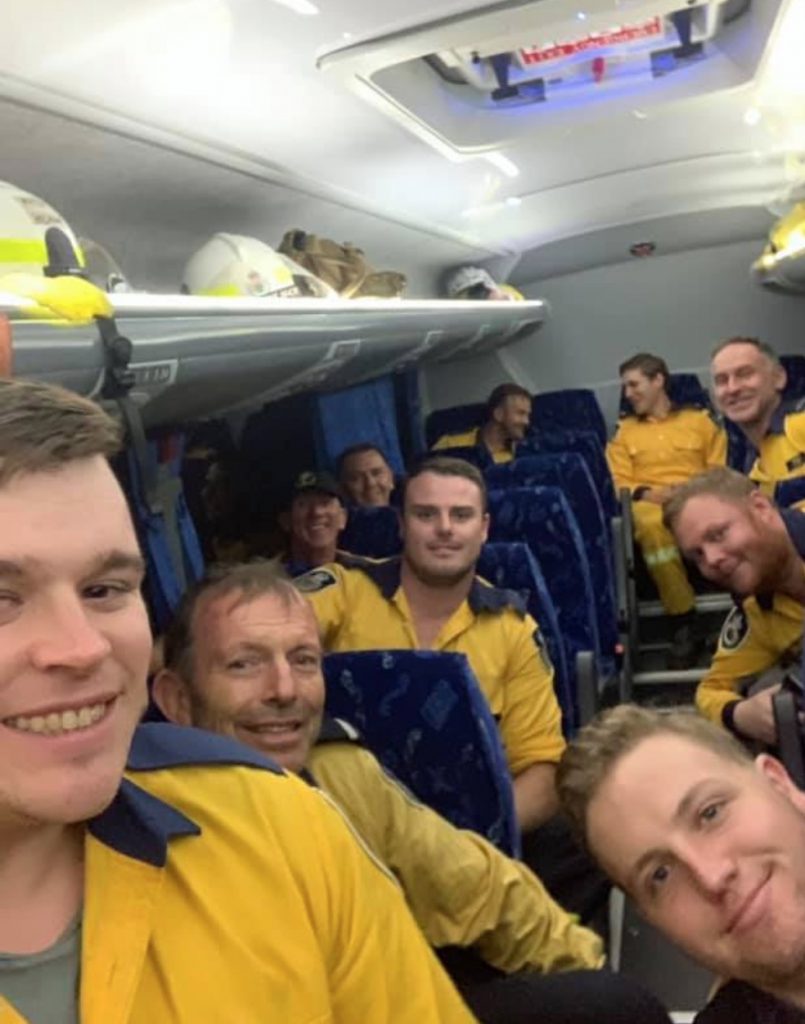
Technology and my Volunteer Roles
Technology has changed the way in which I now respond to calls for help from the community, either via my role as a volunteer fire fighter, or as a member of the State Emergency Service.
Firstly, the way in which we receive help has changed. Pagers are still in use across the NSWRFS, but we also have embraced mobile technology, and can now receive pager alerts via Rover

Rover alerts us to an incident call, and then allows us to mark ourselves as Responding, Available if required, or Not Responding. If I mark myself as responding, the app automatically broadcasts my location to everyone within our brigade, showing them exactly how far I am from station, and how long it will take me to get there.
Once at station, we jump on the truck and go – often getting dressed on the way to the incident call.
As you can imagine, this can happen at any time without warning, and so an SMS to my partner to let her know i’ll be missing dinner goes a long way.
Outside of incident calls, our Brigade has fully embraced Office 365. We store Brigade related materials within SharePoint, with Personnel managing our members via Excel spreadsheets and Office 365 groups. We can even access our time management system from anywhere, meaning that we can “clock on” on the way to an incident call easily from our mobile devices rather than queuing at station to do it.
Bringing it all together
The technology that has been chosen by my partner and I, my employer and the volunteer organisations I work with has enabled me to be able to do what I do, and still stay on top of things.
The reality is that I sync multiple calendars to my two phones, and switch between Teams tenants often, but seamlessly.
With my iPhone or Samsung S10, and a pair of headphones, I can work anywhere, join and run any meeting, communicate with colleagues and customers, respond to calls for help from the community and run my home life.
Let’s be realistic though; This wasn’t easy. It took work, and it took trial and error.
Our approach at home with how we share important calendar events with each other went through various iterations until we settled on what worked well. Sometimes we have to yell absurdly loud at Google home for it to turn the bathroom light on. Sometimes, I forget to bring my charger and my phone goes flat half way through the day.
Final Thoughts
Technology – when done right, can do so many things. It can empower your users to truly work from anywhere, to collaborate better and to achieve what used to be thought of as unachievable.
I’ve written about the power of enabling guest access within your environment before, and the potential for an increased security risk if you choose to disable it.
Is your environment set up for success? Would your users say they feel confident with your organisations current IT environment? Could they confidently run a meeting from a moving vehicle? Do they feel empowered to work when ever, where ever they choose to, and with whomever they need to collaborate with – both internally and externally to your organisation?
The technology is ready and waiting.
What are your thoughts?
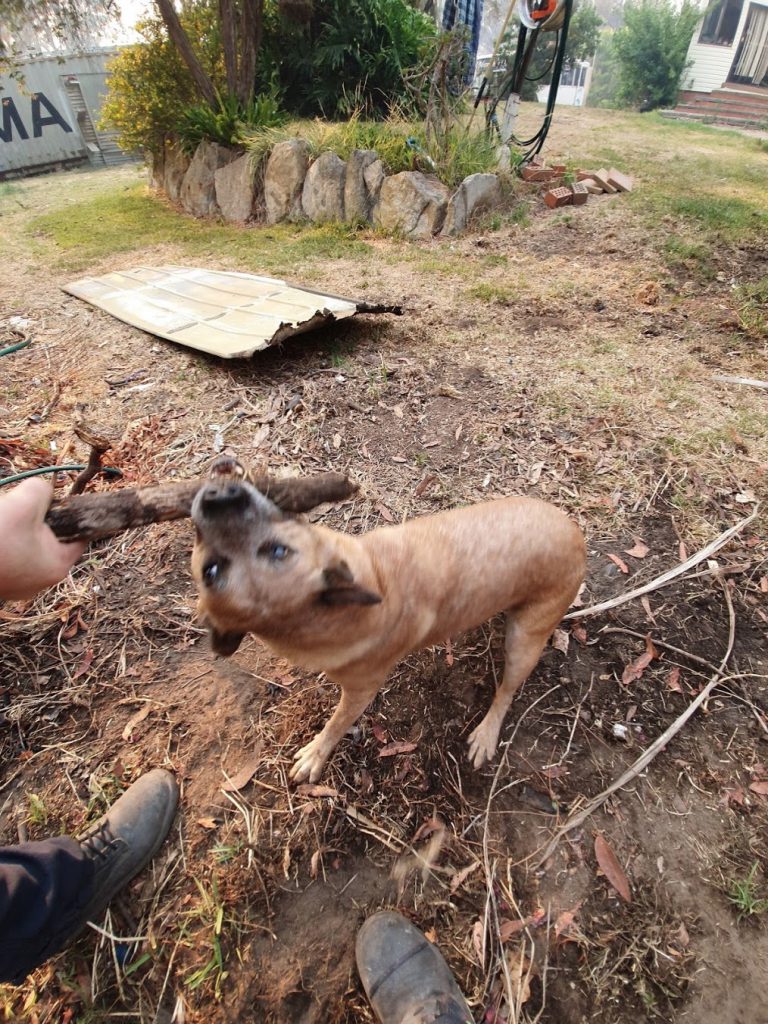
If you’d like to see more photos from my time on the fire ground, you can check out my instagram

How cool is it that what you do LITERALLY enables you to do what you do? 😀
(Say THAT 5 times fast.)
Next time you’re in the ‘hood, I’d love to sit down with you and look at how to make Google Home play nice with outlook calendars… we have a Hub Mini and it’s handy, but capable of so much more, and both hubs and I use Office 365 at work…. so you’ve piqued my interest!